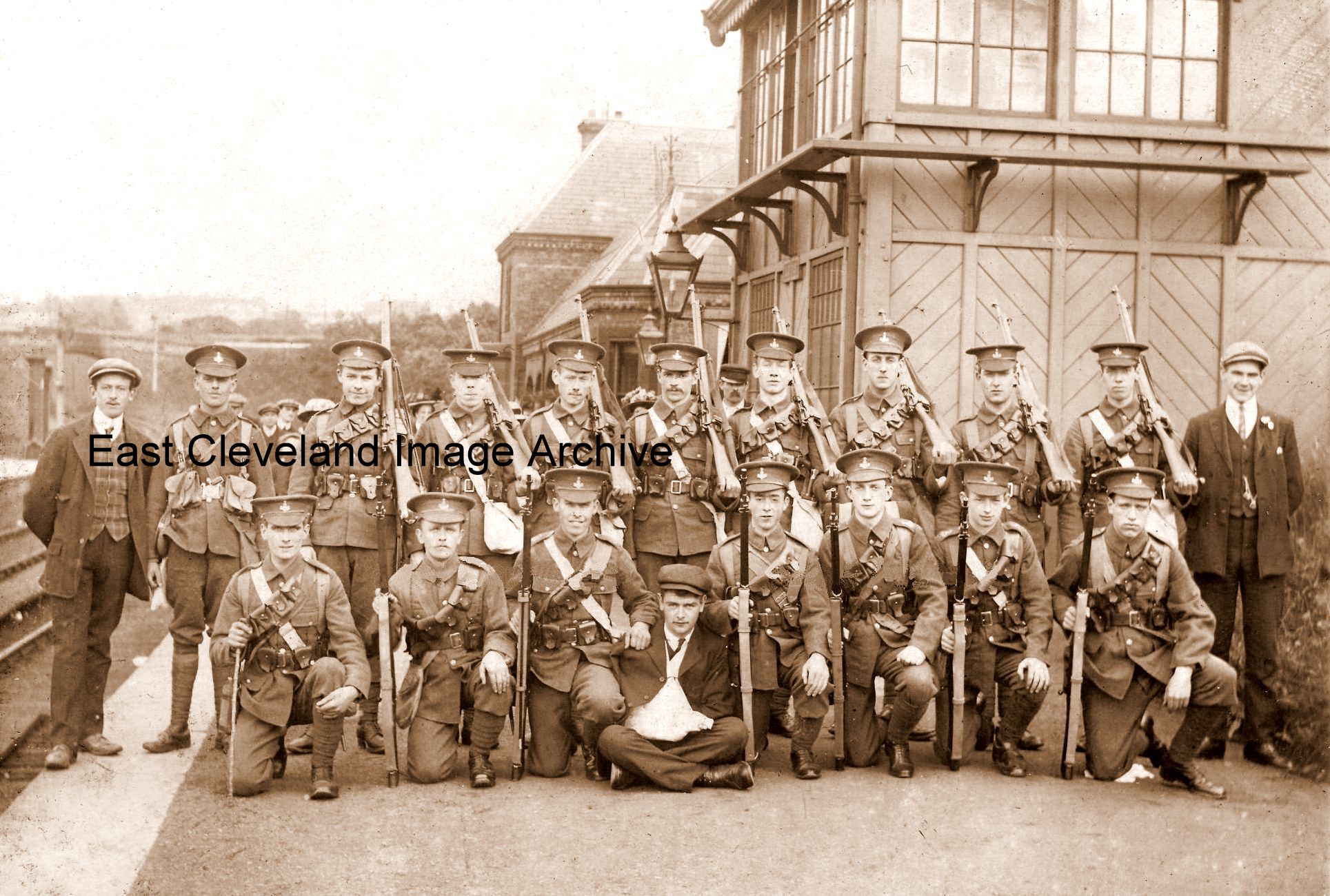
Help needed! The Archive has been sent this image, purchased via ‘ebay’ as an unknown station. However eagle-eyed Andy Barwick realised it was Loftus station, with Yorkshire Regiment Volunteers (later the Green Howards) awaiting a train; but the date is unknown. It is believed that the two station porters are visible (one at each end) and possibly the station ‘lad’ cross-legged in the front. The Stationmaster (at rear close to the station lamp – with a moustache!), as well as members of the general public. Andy can assist with possible names of the Stationmasters for up to July 1914 as J. W. Nunn and from July 1914 W. H. Charlton, if anybody recognises either soldiers or railway staff. Can anybody assist with names and a possible date? Ray Brown suggests: “Robert Henry Walker (my maternal grandfather) is possibly on the back row far right next to the station porter?”
Image and information to date courtesy of Andy Barwick, many thanks to Bill Danby for a refreshed image and update information. Also to Ray Brown for a suggested name.
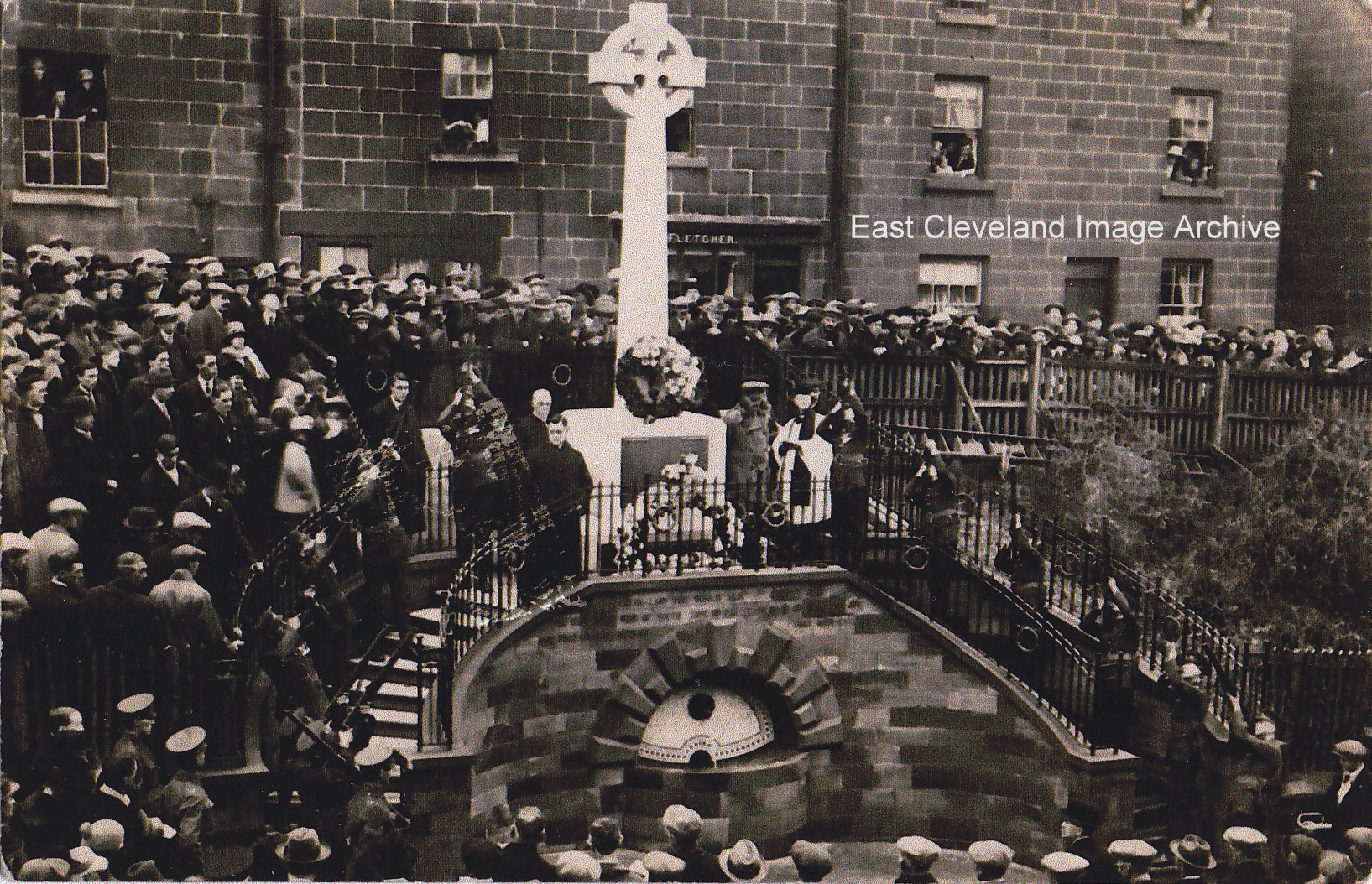
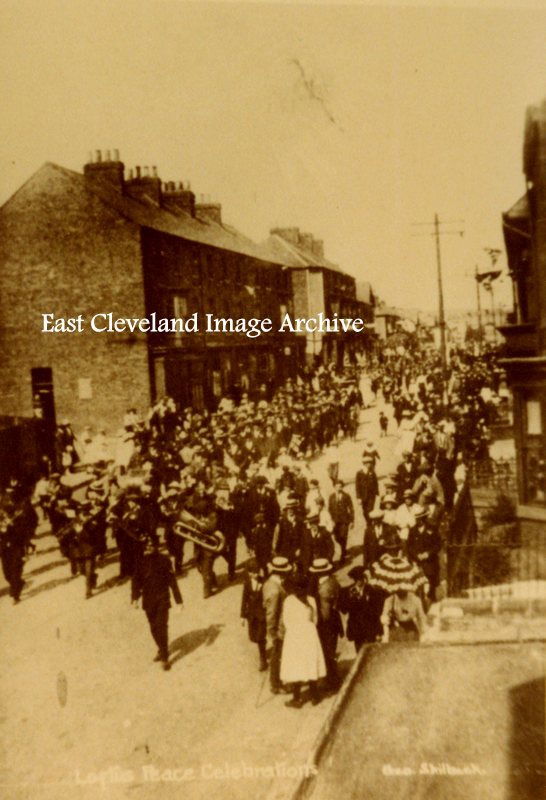

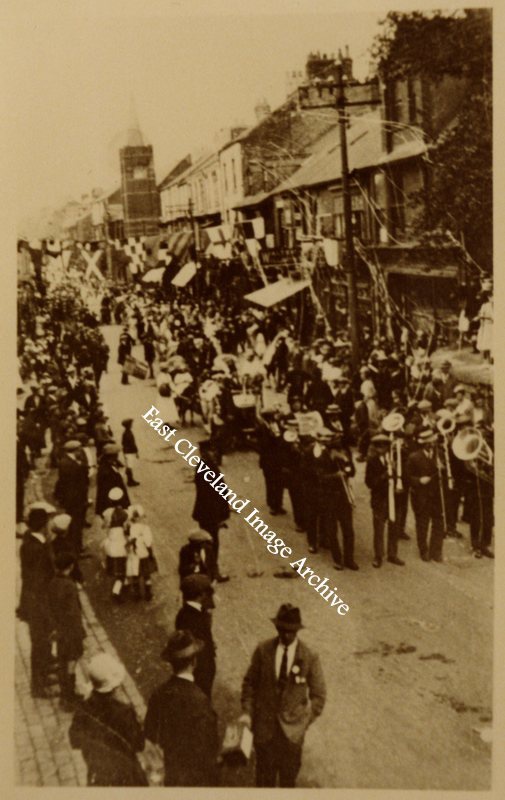
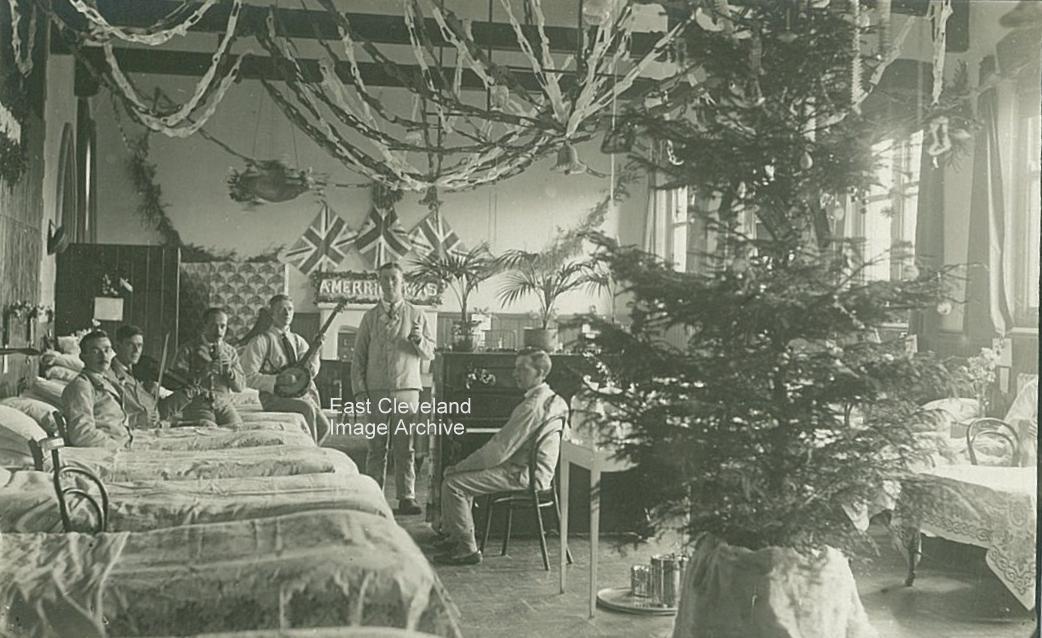
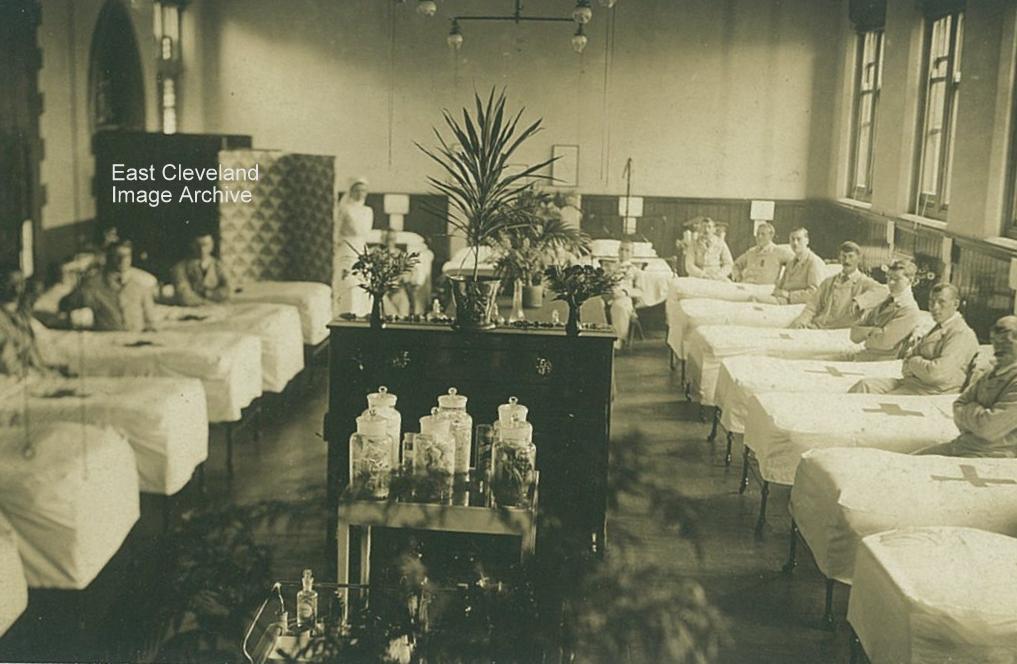
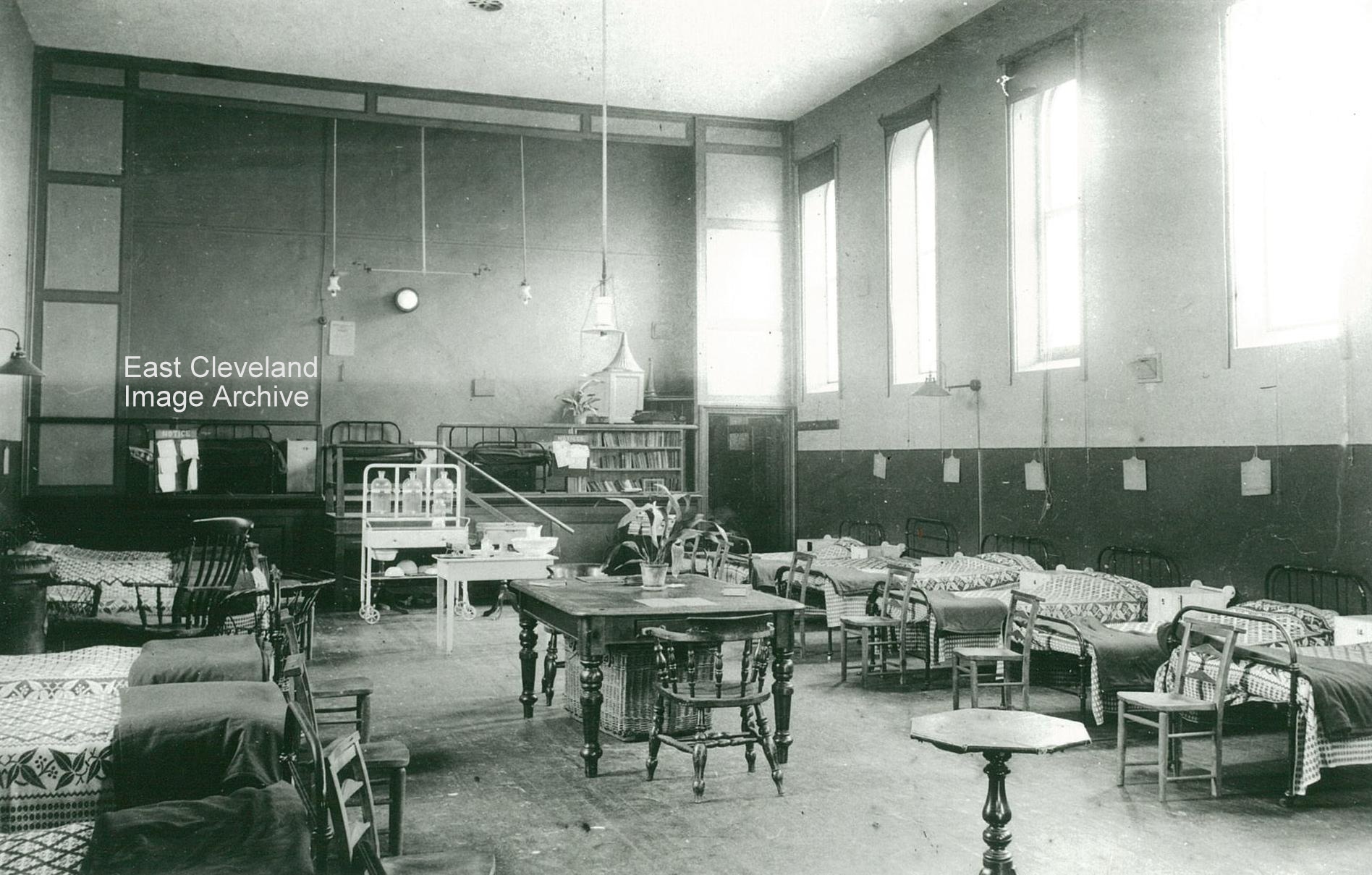
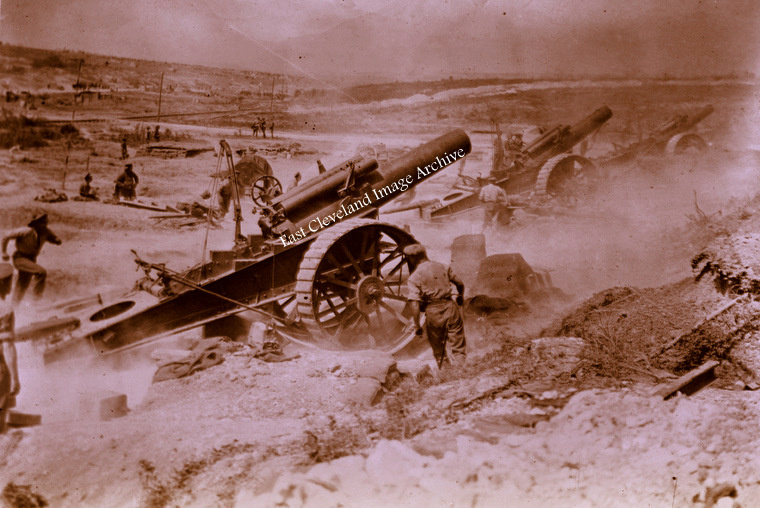
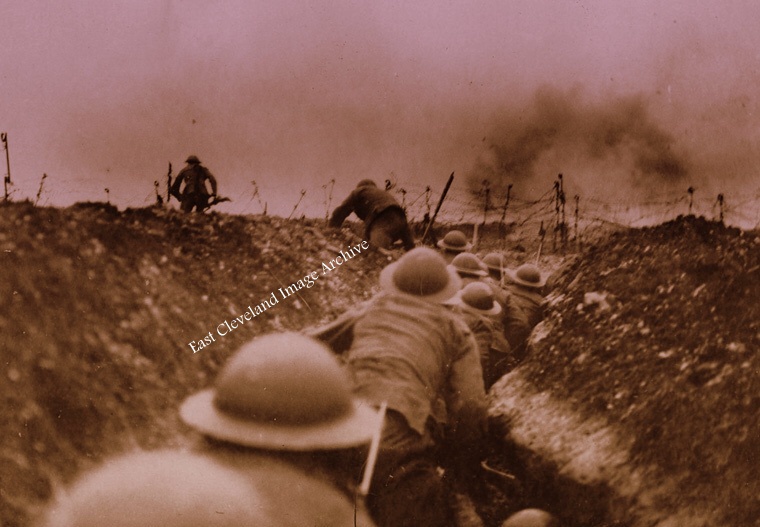
Recent Comments